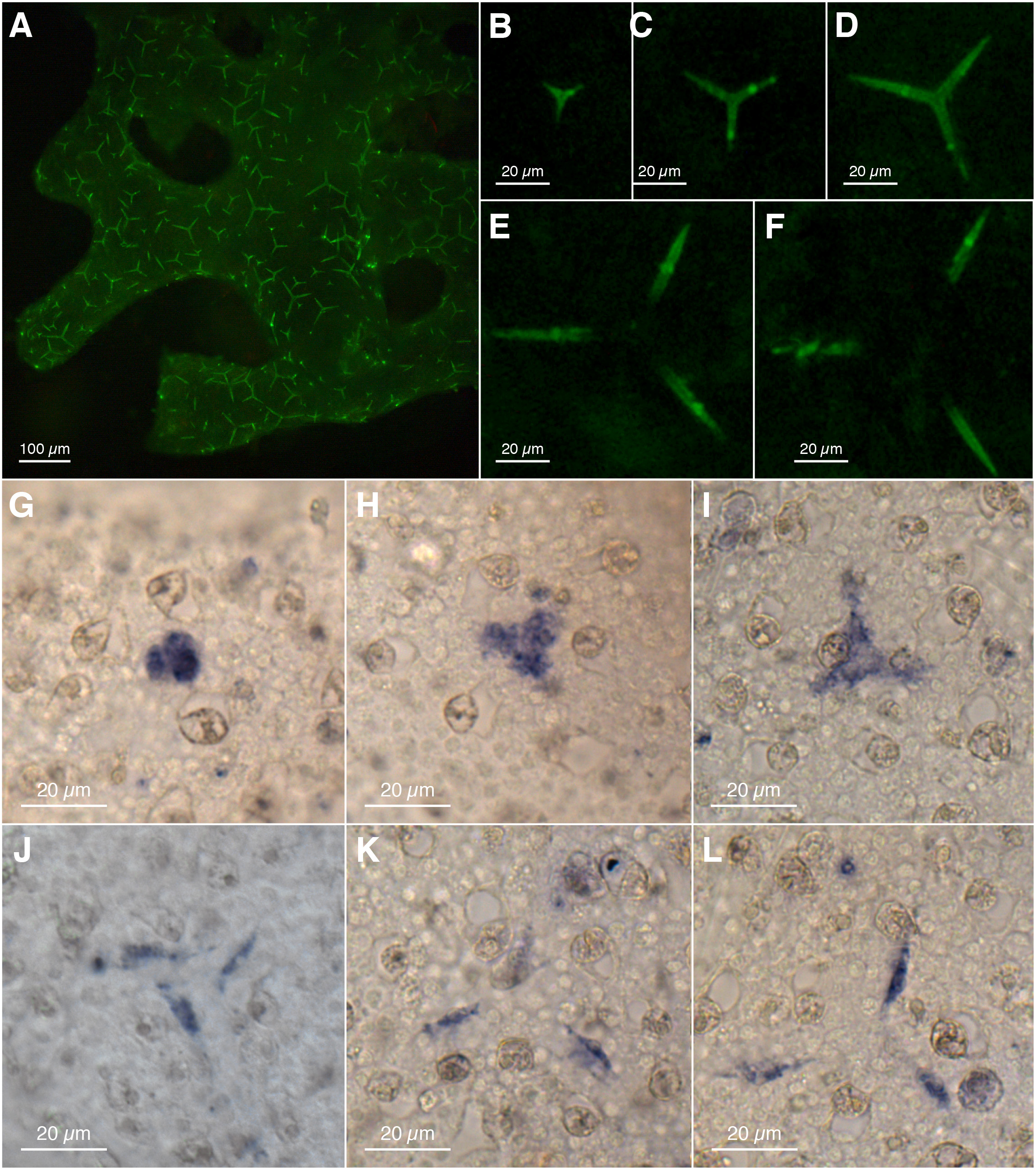Carbonic anhydrases: An ancient tool in calcareous sponge biomineralization
Former master students Carolin Gut and Charalampos Kevrekidis performed some experiments during a laboratory course that were essential for this study.
07.04.2021
Voigt O, Fradusco B, Gut C, Kevrekidis C, Vargas S, Wörheide G (2021): Carbonic anhydrases: An ancient tool in calcareous sponge biomineralization. Frontiers in Genetics 12:383.
The full text of this paper is available here.
In the study, the gene family of alpha carbonic anhydrases in calcareous sponges was researched. Specific carbonic anhydrases play an essential role in the formation of the calcitic spicules in these sponges. According to the results, the last common ancestor of calcareous sponges had four carbonic anhydrases occurring in specific compartments of cells. Especially cytosolic/mitochondrial carbonic anhydrases already had a role in the biomineralization in the first calcareous sponges. In extant species, the spicule-forming cells express this specific carbonic anhydrase.

Newly formed spicules (calcein staining, A-F), sclerocyte cells expressing the cytosolic carbonic anhydrase (RNA in situ hybridisation, spicules dissolved).

